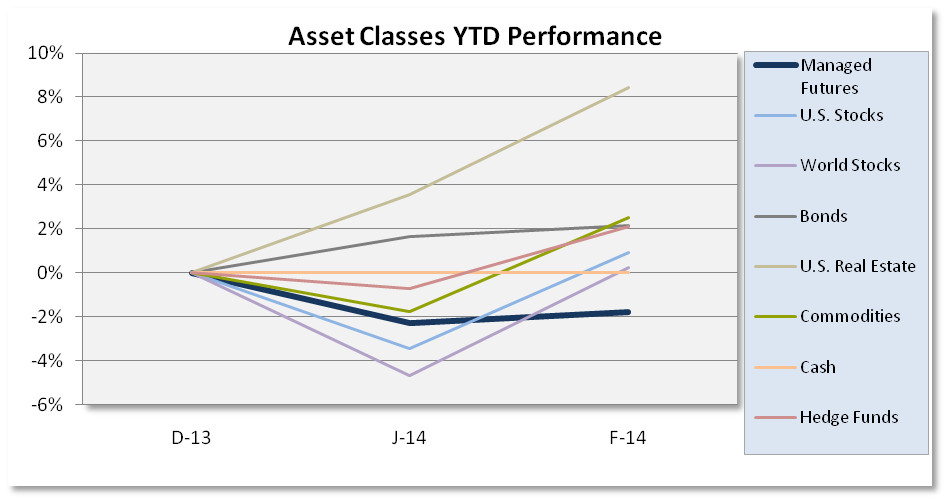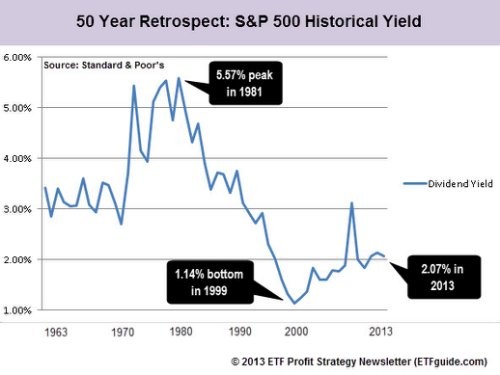AllETF Portfolio Wins at the Cost of Yield
Post on: 20 Апрель, 2015 No Comment

Exclusive FREE Report: Jim Cramer’s Best Stocks for 2015.
A reader recently reminded me that about a year ago (June 27, 2006, to be exact), I posted a very detailed all-ETF portfolio on my blog. It was an academic exercise to see whether I could use narrow-based ETFs to capture the value of a single-stock portfolio with less volatility and risk. He wanted to know how it had performed. The fast answer is that it appears to have done well, with a total return of 22.46%. (The S&P 500 is up 20.46% in the same period.)
But I’m less interested in the exact performance than in what the experiment proves.
Before we discuss the results, let’s look at the portfolio. To be crystal clear, I don’t have this portfolio for anyone. I still believe in (and even prefer) individual stocks, and advocate a mix of individual stocks and ETFs. And honestly, I’d completely forgotten about this academic exercise, so I haven’t made any changes to it since I loaded it into Morningstar last June.
The portfolio was built in a manner similar to how I typically build portfolios for clients: I build in exposure to each big sector of the S&P 500. Again, I created it to study whether it would be possible to use ETFs instead of individual stocks to isolate some very narrow themes.
I chose funds with an eye to drawing on products from most of the fund companies, but I didn’t necessarily use the most popular funds out there. I’m a big believer in exploring second- and third-to-market funds because some of them can turn out to be superior to the first-to-market product in the space.

One very interesting thing about the portfolio’s performance is that it resembles the way my client accounts performed over the same period in terms of when it lagged and when it led. This is despite my using very few of these funds in client accounts, which I think makes a compelling argument for top-down portfolio management — a topic for another day.
In looking at the chart, the returns seem favorable on a risk-adjusted basis — the all-ETF ride looks a tad smoother than the S&P 500 — but Morningstar does not have the necessary statistics to corroborate this. According to PortfolioScience.com, the standard deviation for the portfolio is 12.09, which is higher than the S&P 500’s 10.06.
Here’s the portfolio (to view it on Stockpickr, with the rationale for each choice, click here ):
The All-ETF Experiment














